When talking about Sapa, people often mention it with beautiful names like the “winter muse” or the “land of mist.” Sapa reveals itself with fascinating elements, such as snow-covered mountains and forests or the picturesque scenes of highland children in their distinctive traditional clothing. With such stunning beauty, you need to know when to travel to Sapa, which month, and for how many days so you don’t miss out on the most beautiful moments here.
Table of Contents
Assessing the weather in Sapa
For those fortunate enough to set foot in the land of Sapa, they realize that Sapa’s weather is as capricious as an 18-year-old girl. In fact, the weather in the northern region does not represent the weather in Sapa. Even the weather in Sapa does not represent the weather on the summit of Fansipan, at O Quy Ho Pass, or in the surrounding villages. It has its own unique characteristics, so you really need to know which month to travel to Sapa before you embark on your journey.
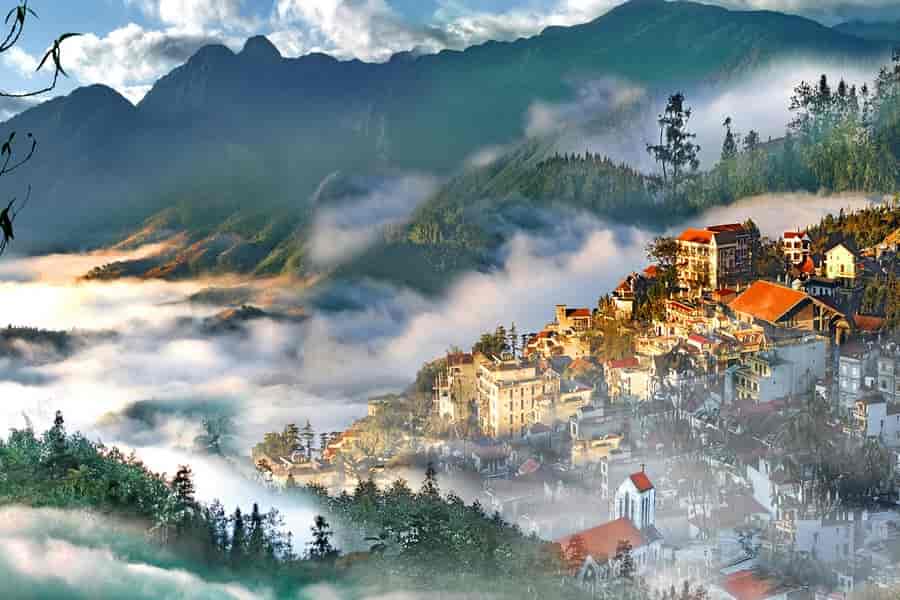
You might find Sapa town sunny while the summit of Fansipan is shrouded in mist. Or on gloomy days in the town, O Quy Ho Pass might be bathed in bright sunshine. Therefore, regardless of when you choose to travel to Sapa, you should keep an eye on the weather conditions. If you visit Sapa in the winter, even if you enjoy the chilling atmosphere or the snowy landscapes, going in the summer will be much more beautiful.
If you are looking for transportation to Sapa from Hanoi, #VnCarRentals.com can help you with private car rental services with drivers in Hanoi. VnCarRentals.com’s will ensure you have a safe and comfortable trip. Book your journey from Hanoi to Sapa by renting a private car with a professional driver today.
When to travel to Sapa, which month?
My impression is perhaps of a cold Sapa, with mist blanketing the mountains, roads, and small paths leading to the villages. But Sapa offers the beauty of all four seasons: spring, summer, autumn, and winter. Each season has its own unique charm, and if you’re a savvy traveler, you’ll find a way to experience Sapa in each season.
Travel to Sapa in spring – From February to May.
This is perhaps the most pleasant and comfortable time to visit Sapa. Mornings are a bit chilly, but by noon, it’s warm, and evenings are dry. If you’re unsure about which month to travel to Sapa, this is the ideal time. Most people tend to visit Sapa during this season. During this period, Sapa is transitioning into spring, and it’s when flowers begin to bloom, such as cherry blossoms and apricot flowers. These colorful blooms cover the valleys, villages, and hillsides, leaving a deep impression on many tourists who visit.
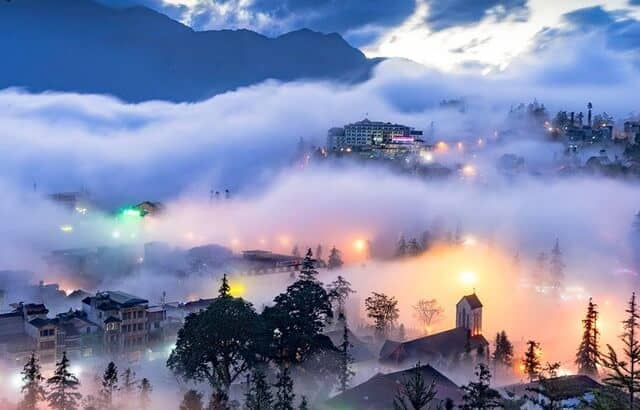
Why choose April and May when deciding which month to travel to Sapa? Because this is also the time when Sapa starts its rice planting season. The sight of local people bending over to plant rice on terraced fields, with the vibrant green of the new crop, adds a peaceful and refreshing beauty to Sapa.
Travel to Sapa in summer – From June to August.
Sapa during the summer is impressive, resembling a playful child enjoying its days. The summer in Sapa is not hot; on the contrary, it’s cool and refreshing. For people in Hanoi, Sapa is the ideal destination to escape the heat, offering both a cool escape and a chance to enjoy its natural beauty.
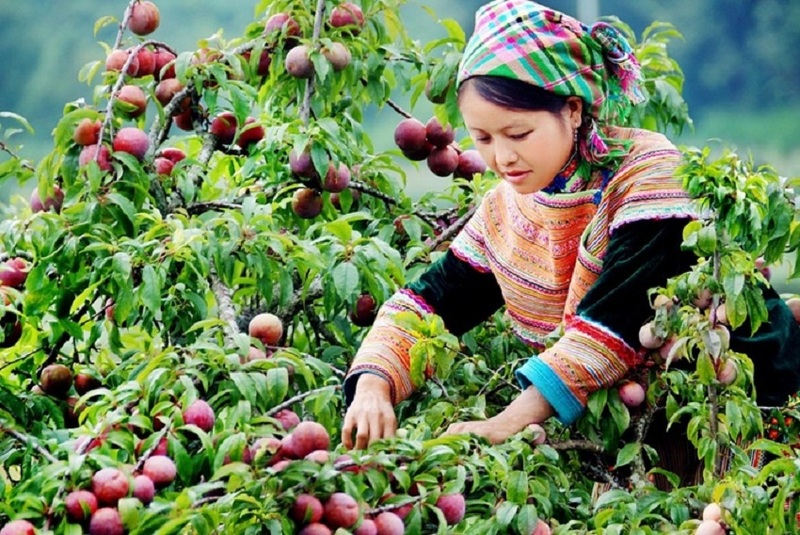
Do you know that from mid-May to June is the season for plums in Sapa, a distinctive fruit of the Northwest region? The plums are red, smooth-skinned, and have a sweet and slightly sour taste – perfect for cooling off in the summer.
From June onwards, Sapa is filled with the vibrant green of newly planted rice, adding to its stunning beauty. Even though there may be some intense sunshine during this time, the lush and beautiful natural scenery more than compensates for it.
Travel to Sapa from September to November – Sapa in autumn.
Autumn often brings the most pleasant feeling to people. It’s not the scorching sun of summer, nor the biting cold of early winter; Sapa’s autumn is peaceful and clear. This is the time when terraced fields gently turn golden with the new rice crop, standing out against the green hillsides and valleys.
Sapa offers many things to remember, but the most memorable is perhaps Sapa in its golden season, the time when rice ripens and the harvest begins. During this period, the brilliant golden hue of Sapa is truly captivating, especially for those who love to capture beautiful moments.
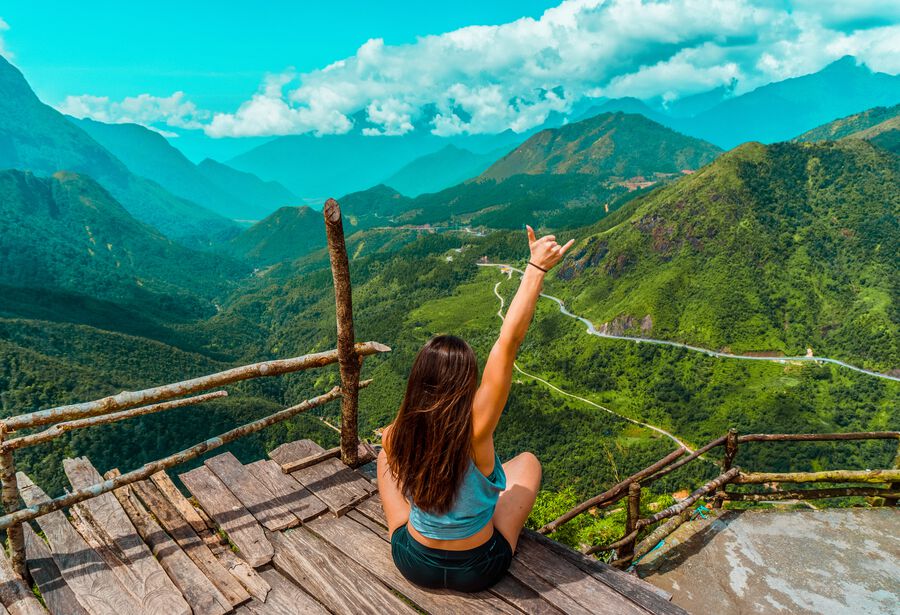
In October and November, Sapa begins to feel the onset of winter, with slightly colder temperatures and the start of the rainy season. Around this time, the waterfalls in Sapa become more majestic and lively. Each waterfall flows vigorously, creating a symphony amidst the tranquil mountains and forests. From November onwards, although it’s not yet truly winter, Sapa begins to be enveloped in mist. Massive layers of mist cover the entire small town, making it feel like a fairyland.
Travel to Sapa in winter – From December to February of the following year.
This is the coldest time in Sapa, and everyone is probably aware of this fact. Some days, temperatures drop below freezing, and there may even be snow. If you choose to visit Sapa during this time, you’ll experience bone-chilling cold. Therefore, be sure to pack warm clothing to avoid being shocked by the cold here.
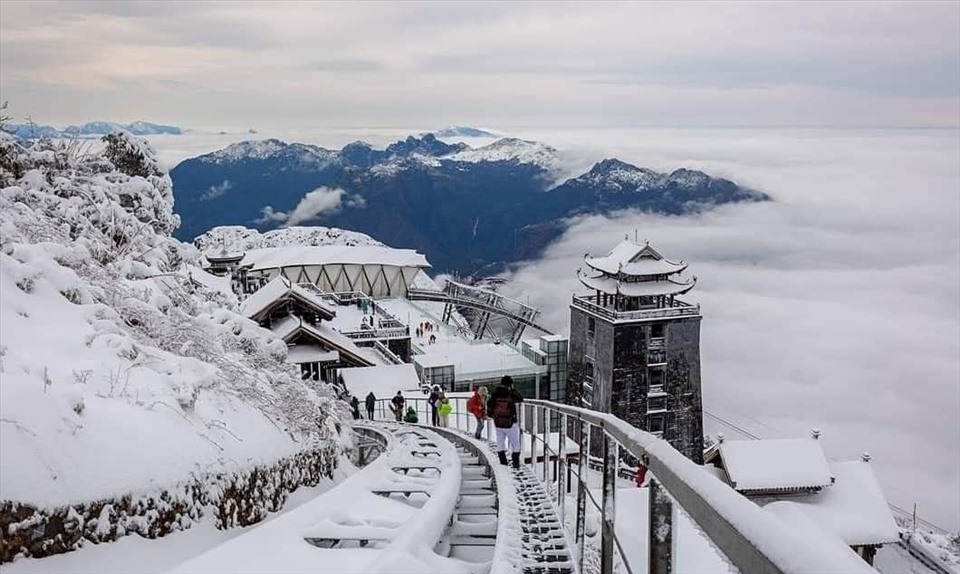
However, in return, you’ll have the opportunity to witness Sapa in a new guise, adorned with the pure white of snow, a rare phenomenon in Vietnam. It’s no wonder people say that Sapa is the land of snow. After the winter season, around February, the flowers in Sapa begin to bloom, showcasing vibrant colors like cherry blossoms, plum blossoms, and apricot flowers.
No matter which season you choose, Sapa will leave a lasting impression on you.
When is the best time to visit Sapa, which month?
Sapa has its unique charm in each season, but there are also times when you should avoid visiting. Below are some considerations for you.
The ideal time is from September to November or from March to May when Sapa is very cool, gentle, and has dry days. In particular, late August to early September is the season when the rice fields ripen, creating an incredibly romantic scenery. You can choose to stay overnight at Sapa homestays with terraced field views to enjoy the scenery. October is the season for cloud hunting in Sapa.
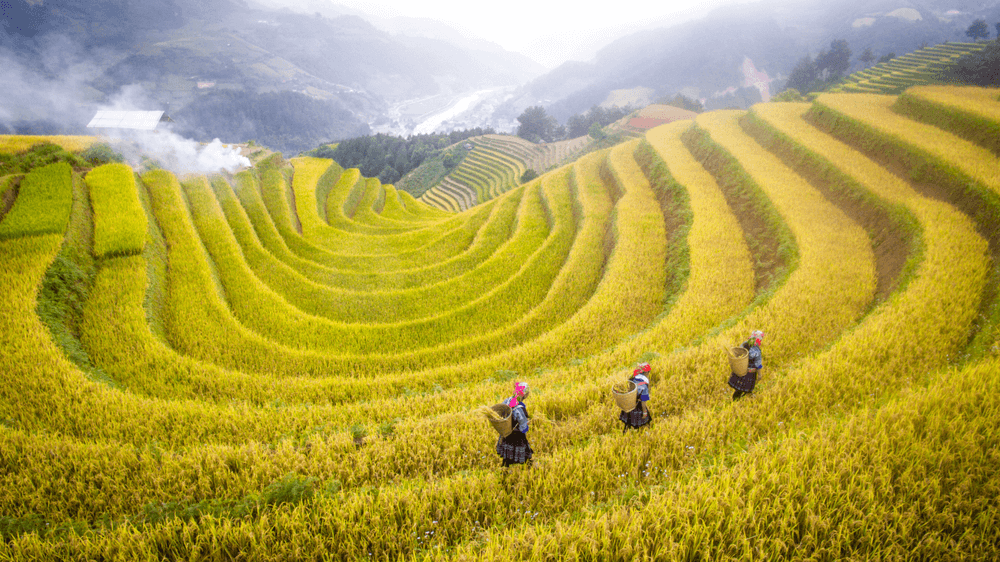
Meanwhile, from April to May is the rice planting season in Sapa. It’s also when Sapa is filled with fragrant flowers and delicious specialties of the Northwest region, such as cherry blossoms, plums, and apricots. If you visit during these times, you can experience the unique culture of the local people in Sapa, with the most beautiful villages being Cat Cat, Ta Phin, Ta Van, Lao Chai, and more.
According to the experiences of Sapa travelers, from June to August is the rainy season and flood season in mountainous provinces, including Sapa. If you’re unsure about which month to travel to Sapa, avoid this period due to potential travel disruptions caused by the weather.
What should you prepare for when traveling to Sapa?
Now that you know when to travel to Sapa, which month, and for how many days, you may be wondering what clothing to prepare.
Sapa’s weather can change daily and seasonally, so it’s best to bring a variety of clothing options. Don’t assume Sapa is cold year-round; there are sunny days too. Importantly, pack compact clothing with slightly warm materials. In the summer, Sapa is cool but still requires a light jacket. When traveling to Sapa in the winter, be prepared with thick, warm clothing, a woolen hat, and gloves to protect yourself from the intense cold in the highland.
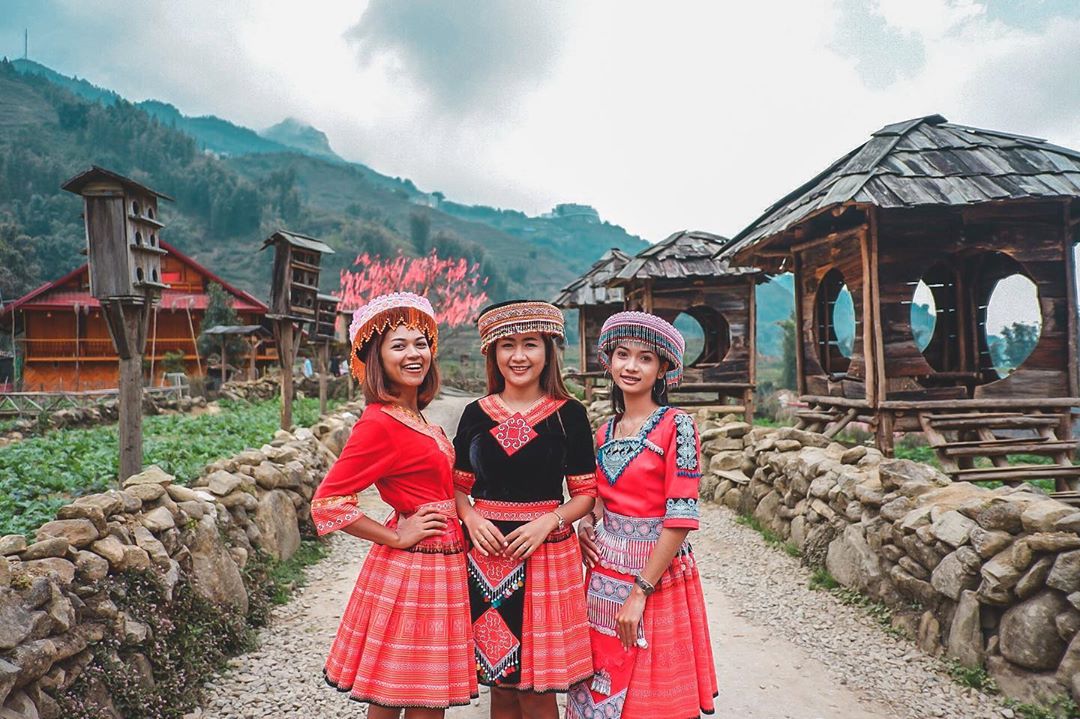
Keep in mind that you won’t be able to rely solely on motorbikes for transportation in Sapa. Due to the terrain and unique tourism products here, you’ll need to do a lot of walking to explore the villages and town. So, make sure your feet are comfortable and bring a pair of soft-soled sports shoes or walking shoes. High heels are not suitable for trekking in the villages.
In addition to knowing when to travel to Sapa, it’s important to have personal identification documents like ID cards and driver’s licenses for hotel check-ins or renting motorbikes. A fully charged mobile phone is essential for capturing the beautiful moments of your Sapa journey.
Furthermore, to have a time-efficient trip, you should also carry some snacks and a Sapa travel map. For those who enjoy free exploration and spontaneous trips, the map will be your guide in planning and organizing your itinerary and preventing getting lost.
How many days should you stay when traveling to Sapa?
For a place as unique and interesting as Sapa, many travelers are uncertain about how many days to stay and when to travel. This depends on your location, budget, and personal preferences.
If you’re a young traveler in the capital city, it’s easy to plan a weekend trip to Sapa. With the shortest distance from Hanoi to Sapa being about 320km via the Hanoi-Lao Cai expressway, a bus ride takes only 5-6 hours. If you’re riding a motorbike, it will take a bit longer.
For those coming from farther away, such as Da Nang or Ho Chi Minh City, it’s advisable to plan a 3-day 2-night or 4-day 3-night trip to Sapa. You can take a flight to Hanoi and then a bus to Lao Cai. Due to the considerable geographical distance and the complexity of arranging your time and work commitments, it’s best to make the trip worthwhile. If you want to explore all the nooks and crannies of the foggy city, the best option is a 4-day visit.
Where to visit and what delicious dishes to eat when traveling to Sapa?
Sapa is a destination for dreamy souls, and you won’t be disappointed when you visit because Sapa is incredibly beautiful. You can’t miss the stone church, the rose valley, Fansipan peak, and Ham Rong mountain. Sapa also leaves its mark with its simple beauty in villages like Cat Cat, Ta Phin, Ta Van, where you can learn more about the local way of life, customs, and experience the daily activities of the indigenous people.
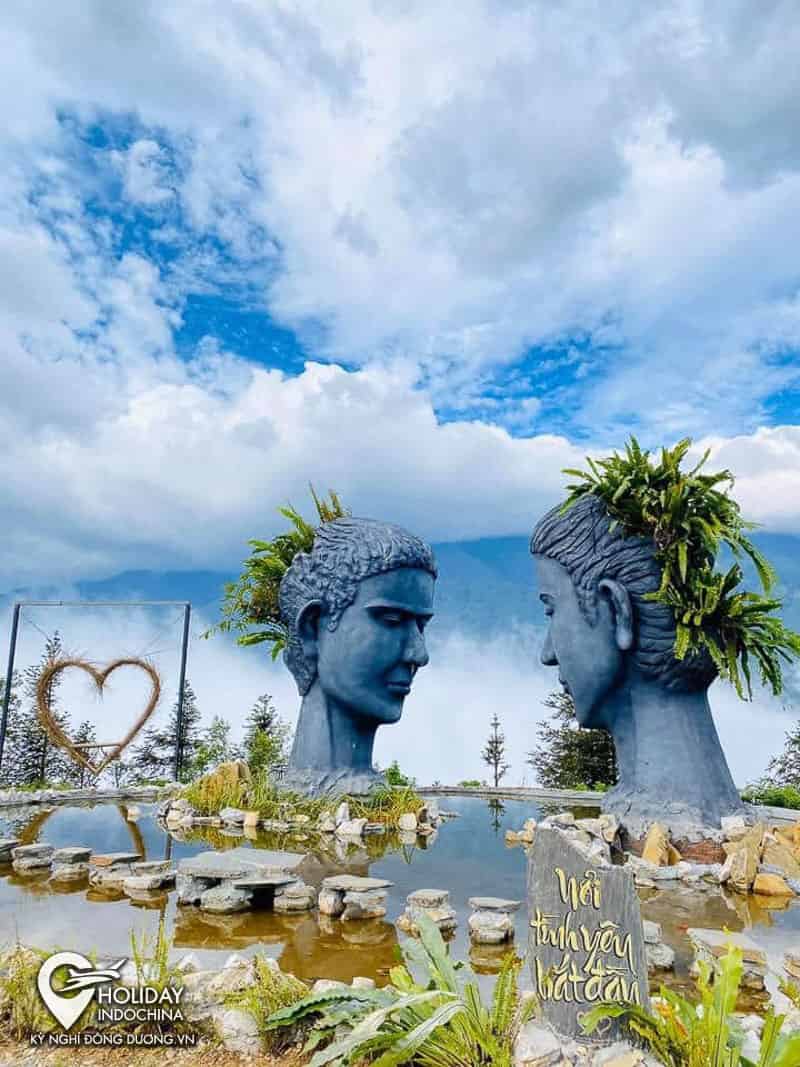
Traveling to Sapa offers a variety of rustic and delicious dishes that will captivate your taste buds, such as salmon, free-range pork, black chicken, buffalo meat cooked on a wood-burning stove, and hotpot dishes. These are all specialties of the Northwestern mountainous region. In the evenings, you can head to Sapa market to enjoy hot and tempting street foods like grilled skewers, baked sweet potatoes, grilled eggs, which are very enticing.
Through this article, I believe you now know when to travel to Sapa, which month, and for how many days. Although the snowy season in Sapa is fascinating and rare, if you’re looking for convenience and more beautiful scenery, the ideal times are from March to May and from September to November. Don’t forget to plan your Sapa travel itinerary wisely and economically. Sapa is waiting for you with its breathtaking landscapes, so come and experience it!
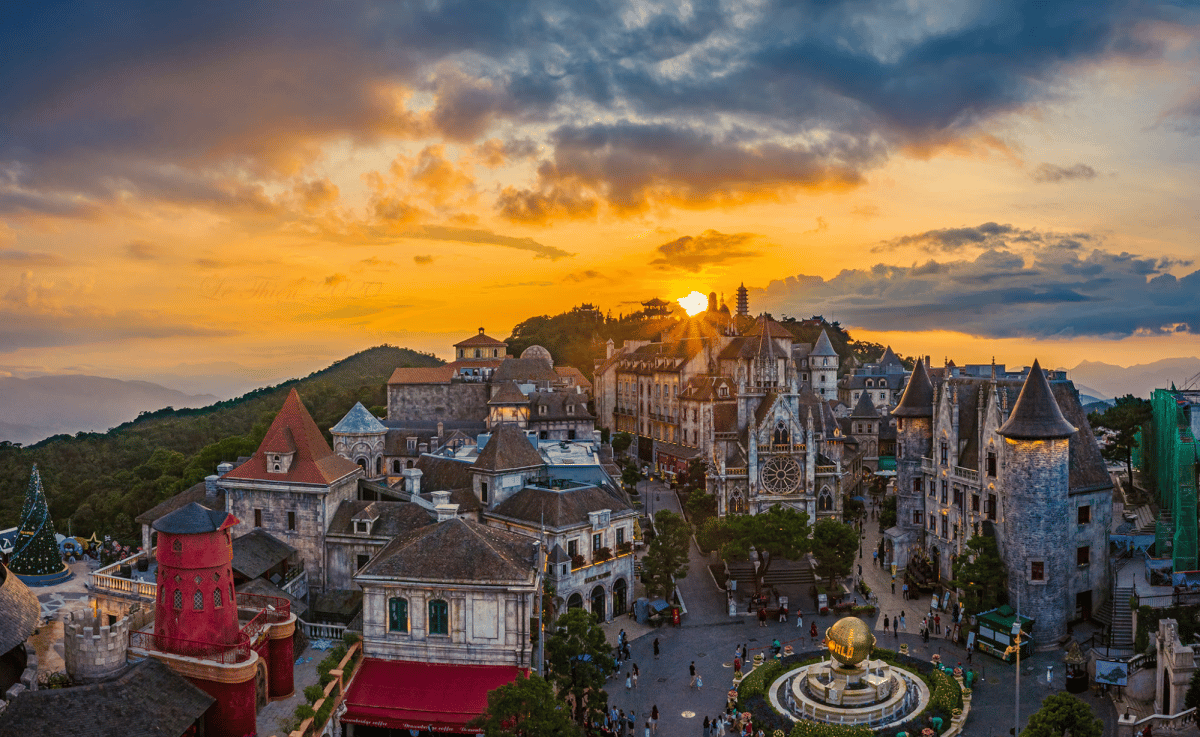

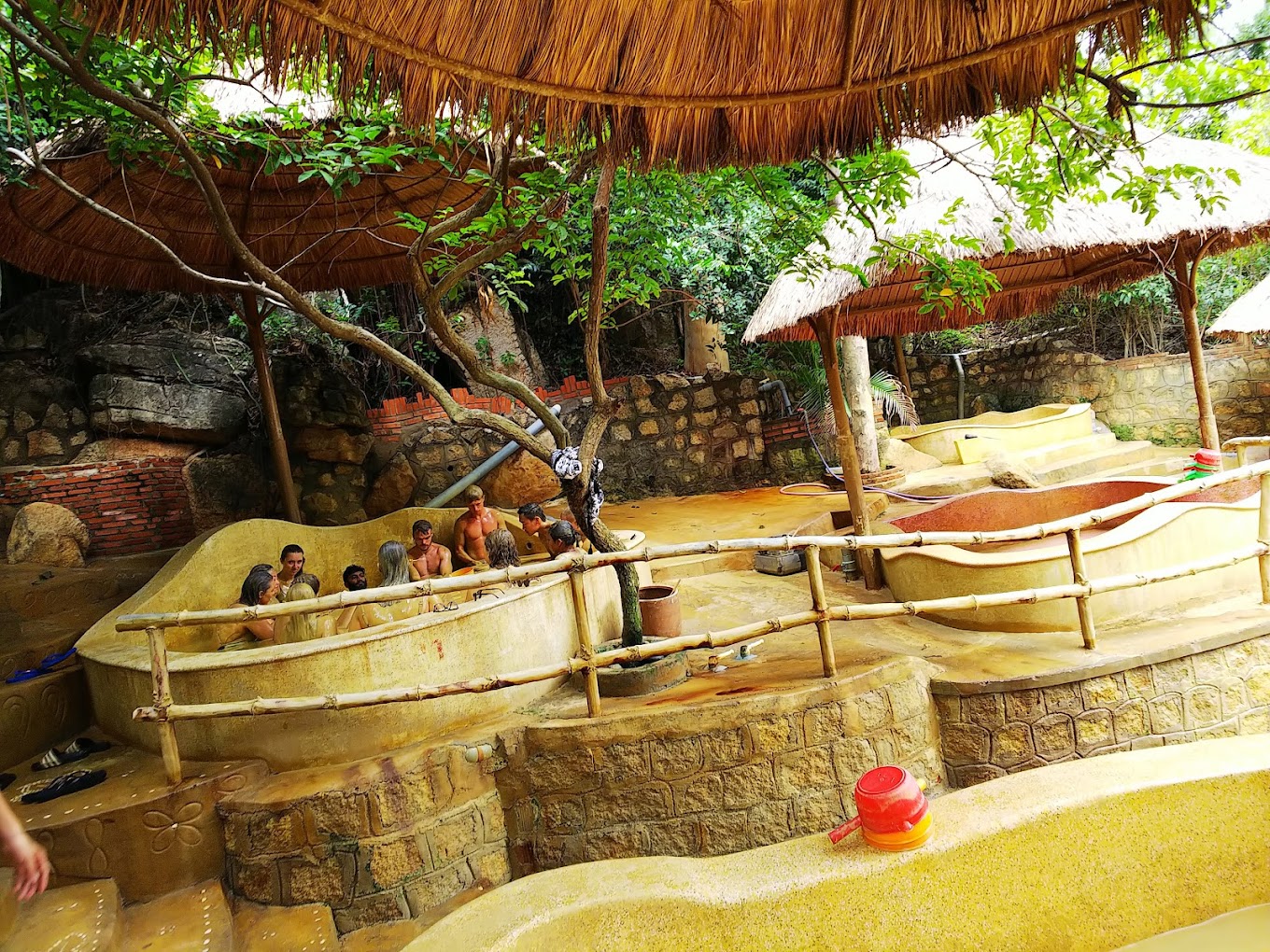
[…] If you’re unsure about when to conquer Fansipan Peak during the year, you can refer to the following article: “When should I travel to Sapa, which month, and for how many days?“ […]
[…] View more articles about Sapa Travel Experiences during which season: When should I travel to Sapa, which month, and for how many days? […]
[…] See More: When should I travel to Sapa, which month, and for how many days? […]
[…] Check out more of our articles on: When should I travel to Sapa, which month, and for how many days? […]